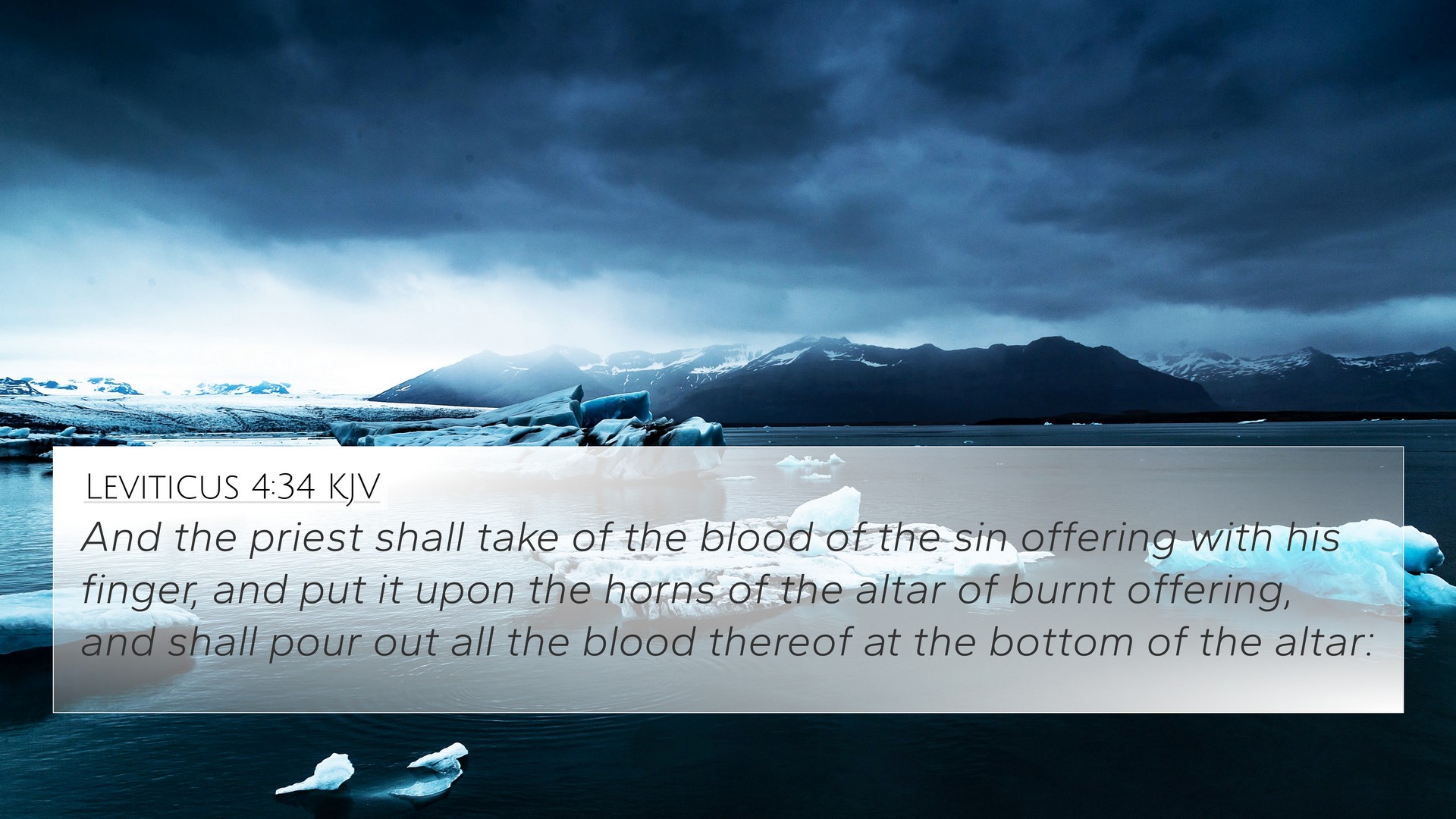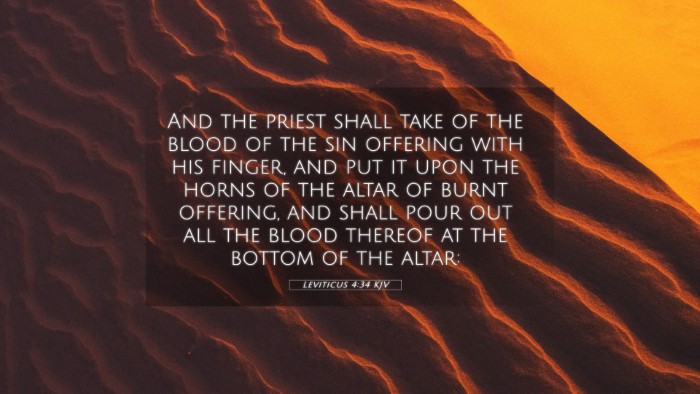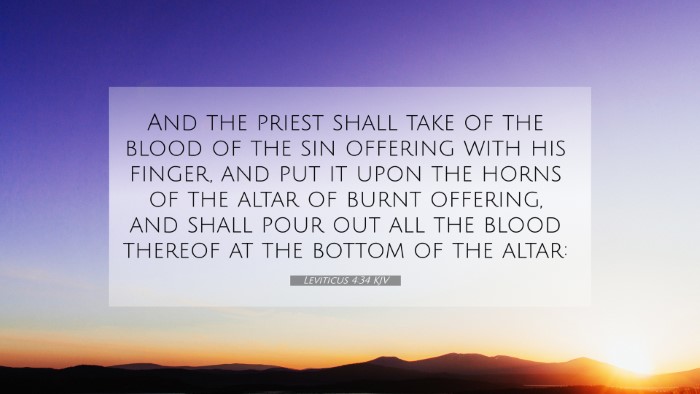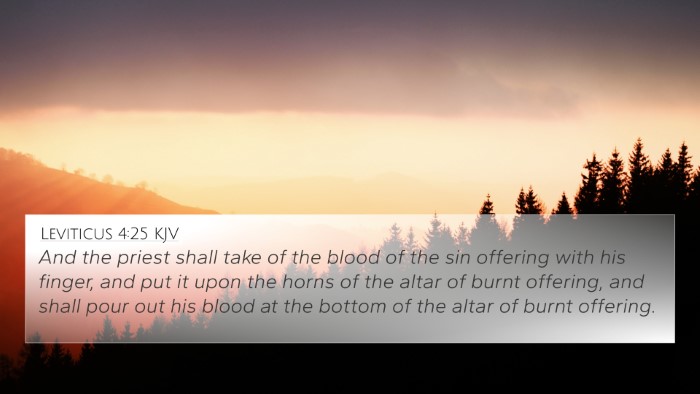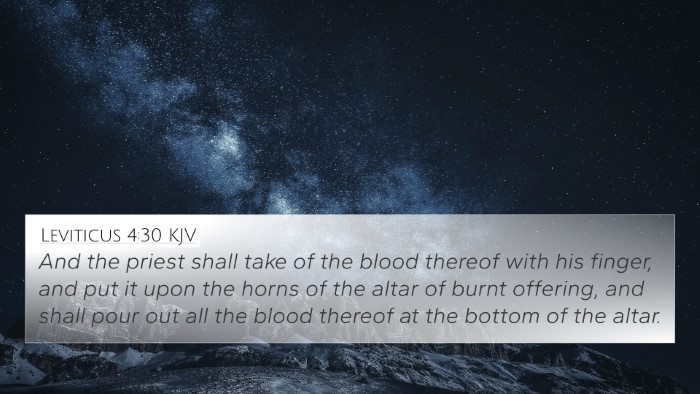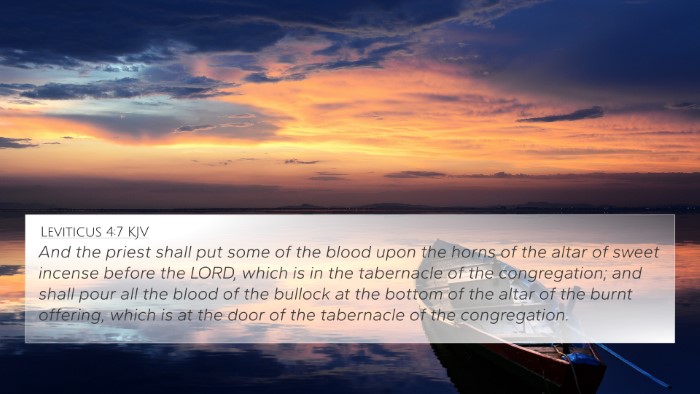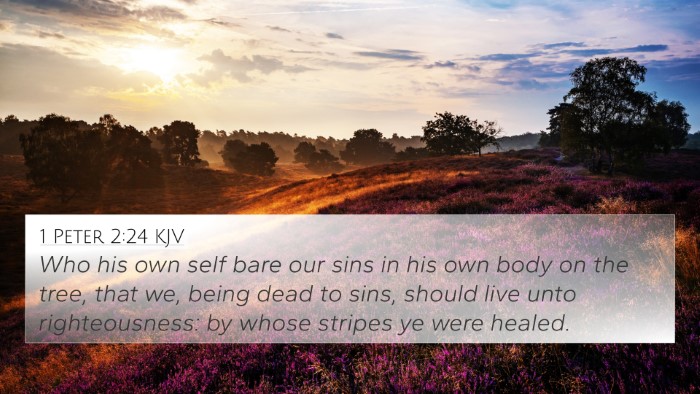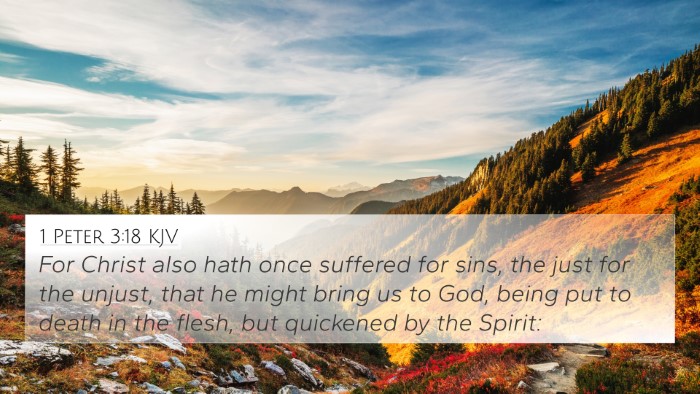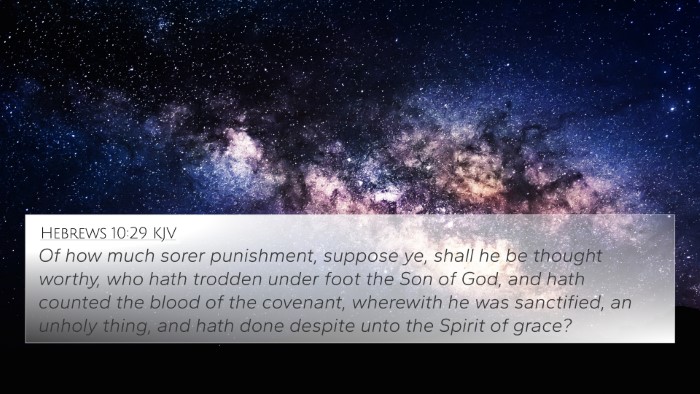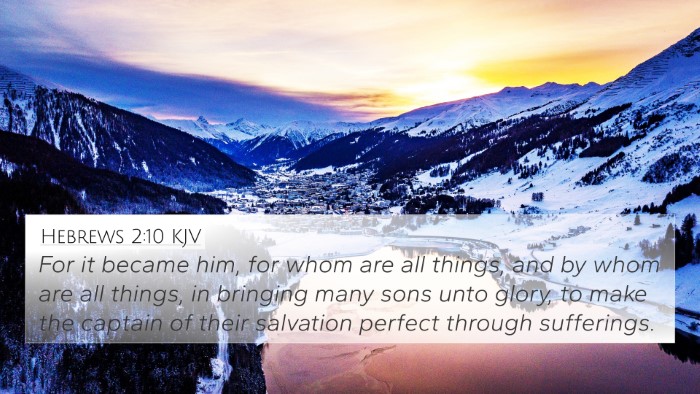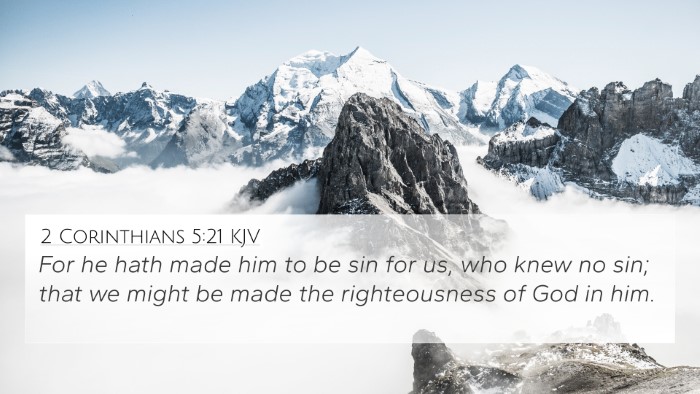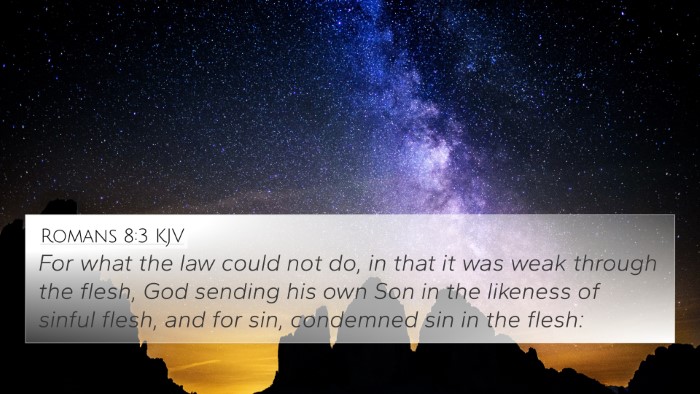Understanding Leviticus 4:34
Leviticus 4:34 states: "And the priest shall take of the blood of the sin offering with his finger, and put it upon the horns of the altar of burnt offering, and shall pour out his blood at the bottom of the altar of burnt offering."
This verse describes a part of the ceremonial law regarding sin offerings in the ancient Israelite worship system. The sacrificial system emphasized the seriousness of sin and the necessity of atonement. Below is a summary of insights from noted public domain commentaries, including those by Matthew Henry, Albert Barnes, and Adam Clarke.
Meaning and Significance
Matthew Henry's Commentary
Matthew Henry explains that this ritual illustrates the seriousness of sin, portraying blood as essential for atonement. The act of the priest receiving and applying the blood signifies mediation. Henry notes that the horns of the altar represent power and strength, indicating how the sacrifice is made appealing and effective before God.
Albert Barnes' Notes
Albert Barnes emphasizes the importance of the blood in the sacrificial system, associating it with life and the necessity of cleansing. He elaborates that the pouring of blood at the base of the altar signifies the total surrender of the sacrifice to God. This vivid image reinforces the concept that sin must be dealt with through sacrificial means.
Adam Clarke's Commentary
Adam Clarke provides detailed ritualistic insights, noting that the horns of the altar were seen as places of refuge. He describes the act of touching the altar as a symbol of reliance on God's mercy. Clarke sees this process as a vital connection between divine and human, underlining that the priest acts on behalf of the sinner, further establishing God’s covenant with His people.
Bible Verse Cross-References
Leviticus 4:34 connects with several other scriptures, highlighting deeper theological themes:
- Hebrews 9:22: "And almost all things are by the law purged with blood; and without shedding of blood is no remission."
- Exodus 29:12: "And thou shalt take of the blood of the bullock, and put it upon the horns of the altar with thy finger, and pour all the blood beside the bottom of the altar."
- Leviticus 16:15: "Then shall he kill the goat of the sin offering, that is for the people, and bring his blood within the veil, and do with that blood as he did with the blood of the bullock, and sprinkle it upon the mercy seat, and before the mercy seat."
- 1 Peter 1:18-19: "For as much as ye know that ye were not redeemed with corruptible things, as silver and gold, from your vain conversation received by tradition from your fathers; But with the precious blood of Christ, as of a lamb without blemish and without spot."
- Romans 3:25: "Whom God hath set forth to be a propitiation through faith in his blood, to declare his righteousness for the remission of sins that are past, through the forbearance of God."
- Leviticus 17:11: "For the life of the flesh is in the blood: and I have given it to you upon the altar to make an atonement for your souls: for it is the blood that maketh an atonement for the soul."
- Isaiah 53:5: "But he was wounded for our transgressions, he was bruised for our iniquities: the chastisement of our peace was upon him; and with his stripes we are healed."
Thematic Bible Verse Connections
The themes presented in Leviticus 4:34 resonate throughout the Bible and establish important connections:
-
Sin and Atonement: The foundational theme of sin requiring atonement is present in both Old and New Testaments.
-
Priestly Mediation: The role of the priest in mediation between God and the people is essential in the Old Covenant and is fulfilled by Christ in the New Covenant.
-
Blood Sacrifice: The concept of blood as a means of atonement parallels among various biblical texts, stressing the need for innocent sacrifice.
Cross-Referencing Biblical Texts
Utilizing tools for Bible cross-referencing, like a Bible concordance or a cross-reference guide, can aid in identifying connections between Bible verses. Understanding how different verses relate enhances our comprehension of scripture.
Conclusion
Leviticus 4:34 is a striking example of how the sacrificial practices of the Israelites reveal core theological principles such as atonement, mediation, and sacrifice which are echoed throughout the Biblical narrative. By exploring cross-references and thematic connections, we can deepen our understanding of the exquisite tapestry woven through the scriptures.
